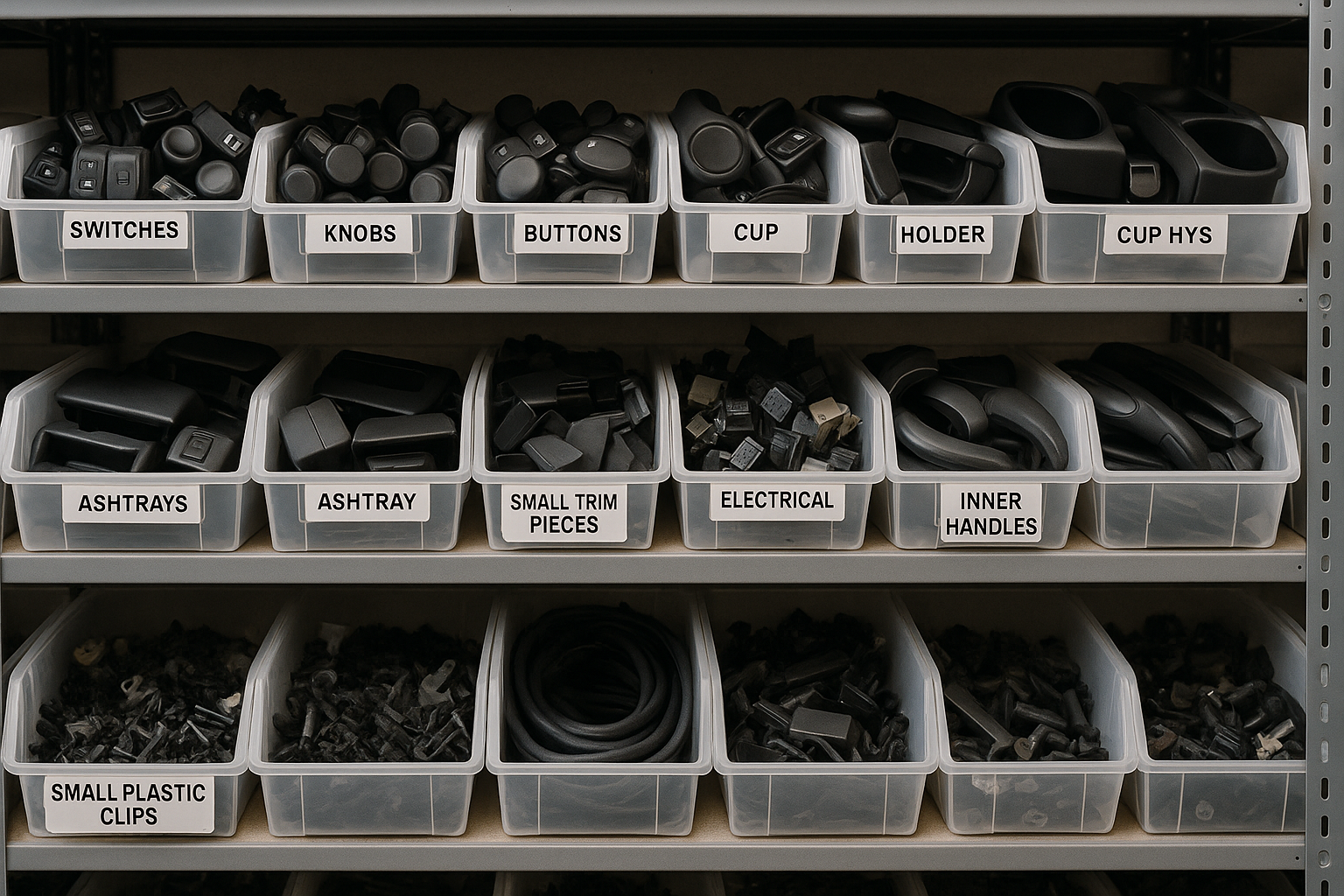Alfa Romeo 156 Buyer’s Guide: What to Know Before You Buy
The Alfa Romeo 156, produced between 1997 and 2007, is one of the most iconic sports sedans of its era. With its sharp Italian design, engaging handling, and soulful engines, the 156 remains a desirable classic for enthusiasts today. However, like many Alfas, it requires a careful buyer who knows what to look for. Here’s a complete guide to help you find the perfect one.
Overview
The 156 replaced the 155 and marked a return to form for Alfa Romeo – offering a mix of style, performance, and driver involvement. Available as a sedan and later a Sportwagon (estate), it shared its platform with the Fiat Group but featured unique tuning that gave it the Alfa edge.
Engines & Performance
The 156 came with a variety of petrol and diesel engines:
Petrol Engines
-
1.6 / 1.8 / 2.0 Twin Spark (TS): Lively rev-happy engines but known for oil consumption and timing belt issues.
-
2.5 V6: The legendary Busso V6 – smooth, powerful, and one of the best-sounding engines ever made. However, maintenance is crucial.
-
3.2 V6 (GTA): The halo model with 250 hp and aggressive styling. Rare and collectible.
Diesel Engines
-
1.9 JTD / 2.4 JTD: Robust and torquey, offering great economy. Later Multijet versions improved refinement.
Trim Levels & Variants
Typical trims include:
-
Base / Turismo: Basic equipment but still stylish.
-
Lusso: Adds leather, climate control, and alloy wheels.
-
Veloce: Sportier suspension and body kit.
-
GTA: Top performance model with bespoke styling and chassis upgrades.
Special editions and country-specific versions also exist, such as the Ti or Sport packs.
Common Problems & What to Check
1. Timing Belt
The timing belt must be replaced every 36,000 miles (or 3 years) – far sooner than the original factory recommendation. Failure leads to catastrophic engine damage.
2. Suspension Wear
Front suspension components wear quickly due to the car’s setup. Listen for knocking or creaking; wishbones and anti-roll bar links are common failures.
3. Electrical Issues
Typical Alfa gremlins include window regulators, central locking, and dashboard warning lights.
4. Rust
Better than older Alfas, but check wheel arches, sills, and floorpans.
5. Oil Consumption
Twin Spark engines use oil – check levels regularly. Low oil kills engines.
6. Gearbox & Clutch
Manuals are generally strong but can develop synchro wear. Selespeed (automated manual) systems can be problematic; look for smooth changes and recent fluid servicing.
Buying Tips
-
Service History is Essential: A fully documented record, especially proof of recent belt changes, is a must.
-
Avoid Neglected Examples: Cheap 156s often hide expensive repairs.
-
Drive Before You Buy: Ensure tight handling, linear braking, and responsive steering.
-
Budget for Maintenance: Parts aren’t expensive, but labor adds up.
-
Join Alfa Clubs: Communities offer invaluable knowledge and support.
Recommended Models
-
2.0 Twin Spark Veloce: Best balance of fun and affordability.
-
2.5 V6 Lusso: For that Busso soundtrack and luxury feel.
-
156 GTA: For collectors and performance enthusiasts – a future classic.
Verdict
The Alfa Romeo 156 delivers timeless style and rewarding performance when well-maintained. Choose wisely, keep up on servicing, and it’ll reward you with an unforgettable driving experience that few cars in its class can match.
In short: Buy with your head and your heart – this is an Alfa, after all.
